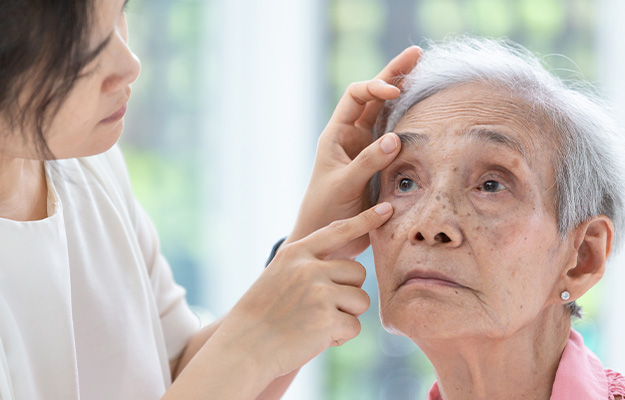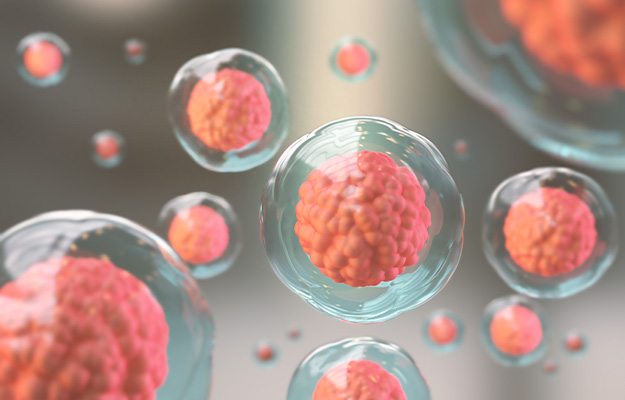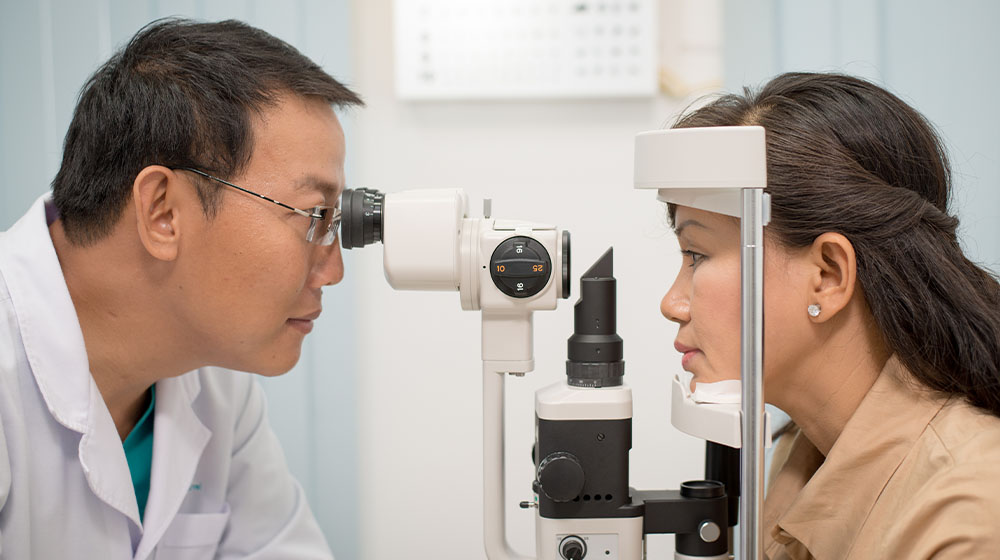Within a few years, stem cell therapy has been booming in the medical scene. Current studies are looking into the potential of stem cell therapy for treating and delaying the progression of age-related macular degeneration. Can stem cell therapy help people with age-related macular degeneration restore their vision? Let’s find out below.
Research Shows Dry Macular Degeneration Treatment Breakthroughs Using Pluripotent Stem Cells
Age-Related Macular Degeneration 101

Age-related macular degeneration (AMD) is a complex eye problem that affects the macula part of the retina, leading to impaired central vision. Autopsy-wise, the macula is only a tiny oval-shaped part near the retina. It has a vital role in supporting visual acuity, meaning it helps you identify and pick up sharp details of objects when you are gazing ahead. It is also responsible for color vision.
The vision problem is common among older adults of the age 60 and beyond. It is estimated that one of every 4 older adults of 80 have AMD. Although it doesn’t lead to complete blindness, age-related macular degeneration can cause a nuisance in daily life because it prevents the affected person from seeing and performing close-focused tasks. The lines of the objects can be blurry, and wavy and colors become less bright. Reading, driving, and even recognizing faces can become a challenge.
There are two subtypes of age-related macular degeneration: wet and dry. Dry ADM is the most prevalent type and progresses through three stages: early, intermediate, and late. In contrast, the progression of wet AMD is faster. However, the good news is that it is much easier to cure wet AMD because it is abnormal blood vessel growth that damages the macula. The late stage of AMD is either wet or dry. Severe wet AMD can cause bleeding and retinal leaking.
Dry Macular Degeneration Treatment Breakthroughs: Is Stem Cell Therapy Helpful?

Aging can take a toll on many aspects of health, starting from the building blocks of the human body: cells. Nothing lasts forever, and cells are no exception. Over time, they experience significant changes in functions until they die. Although the body can produce new cells to replace dead or malfunctioning ones, this natural mechanism can degrade into old age, explaining why we are more likely to get sick as we age.
Stem cell therapy is believed to be a versatile treatment for many ailments, even ones without a cure up to date, by fixing the core mechanism of the body, the cells. With a powerful ability to regenerate and adapt, stem cells help the body repair damaged cells, reduce inflammation, modulate the immune system, and maintain optimal functions of organs and bones.
Following groundbreaking healing potentials of stem cell therapy for health, scientists have proposed regenerative medicine for restoring visual acuity. In a broad analysis examining 10 studies (102 patients), including one and three randomized and non-randomized clinical trials, and one and five multicentre prospective and prospective clinical trials, it was found that the vision of people with AMD was improved with different types of stem cells 6 months after the operation.
- In treating dry AMD, clinical trials and ongoing studies believe stem cell therapy can effectively repair and replace damaged retinal cells. After the extraction process (apheresis), doctors will grow and control stem cells in the lab, manipulating them into specialized types of cells needed for the repair. Then, stem cells will be transplanted into the eyes to replace dead cells.
- Although wet AMD can be managed with special injections, stem cell therapy has shown some potential in treating AMD caused by abnormal growth of blood vessels. Following clinical trials, stem cells injected into the affected eye can provide anti-angiogenic properties to inhibit underlying causes that trigger the formation of unwanted blood vessels in the eyes.
Scientists are hopeful that stem cell therapy and other regenerative medicine can pave a promising route in treating AMD in specific and other tricky eye diseases in general. However, it is important to note that using stem cell therapy for treating age-related macular degeneration is still in the early stages. More studies and trials are needed to confirm its long-term efficacy, safety, and potential side effects.
Keep Your Eye Health In Check

Despite promising outcomes of stem cell therapy for age-related macular degeneration, there is still no definite way to save vision for people with dry AMD. The eye problem is instead a part of aging, and we all know that damages caused by aging are irreversible.
The only viable solution so far is taking precautions, staying aware of minor vision changes, taking supplements following doctors’ dosage recommendations, and opting for implant surgery if needed. After the diagnosis, eye doctors can help people affected by dry AMD to make the most of their remaining vision with vision aids.
However, the early stage of dry AMD doesn’t have apparent symptoms, so not many people know they already have AMD. That’s why annual eye screening is essential for seniors and everyone else. Such practices help delay the progression of AMD and detect other eye diseases before it is too late for interventions.
Can age-related macular degeneration be prevented? The answer is yes. Here are some prevention tips to keep your eyes healthy and reduce your risk of vision loss into old age.
- Consider ADRES nutritional supplements
- Monitor and control your blood pressure and cholesterol
- Maintain a consistent exercise routine
- Adopt a healthy diet of lean proteins, fresh fruits, and vegetables
- Load more fish to your everyday meal
- Eat more leafy greens (kale, spinach, collard green)
- Quit smoking and drinking
- Have annual eye check
- Reduce sun exposure to the eyes

